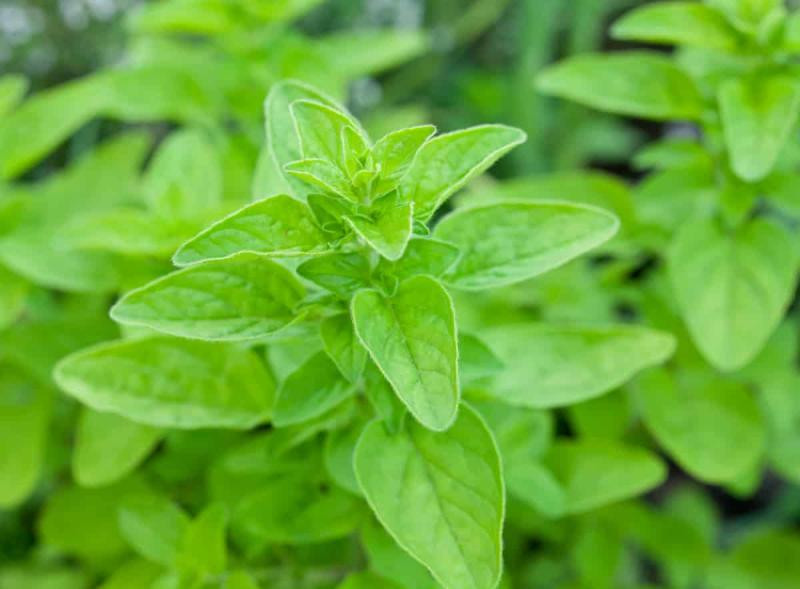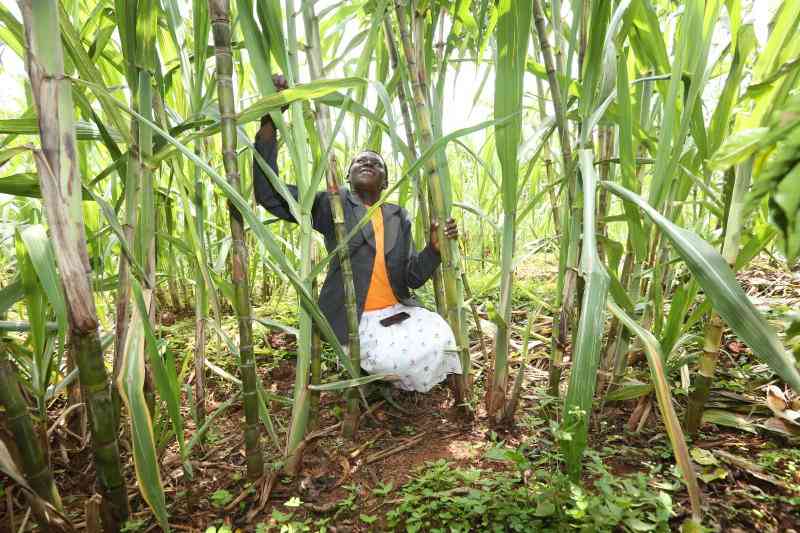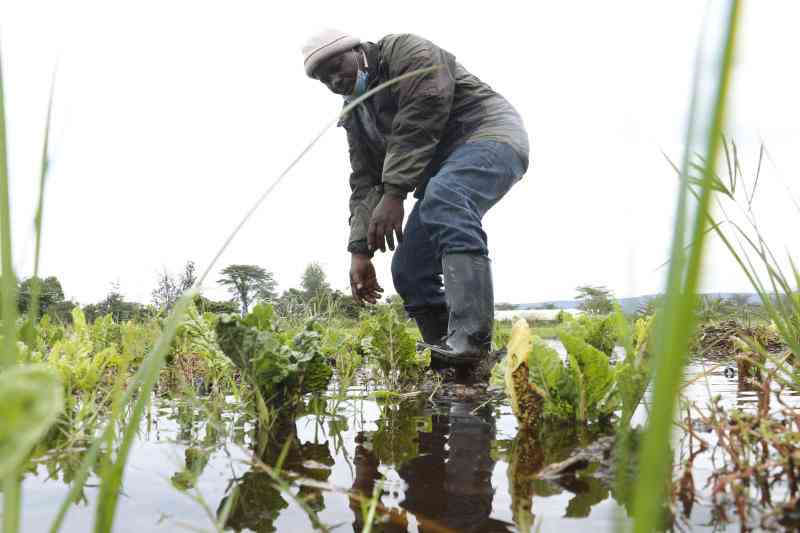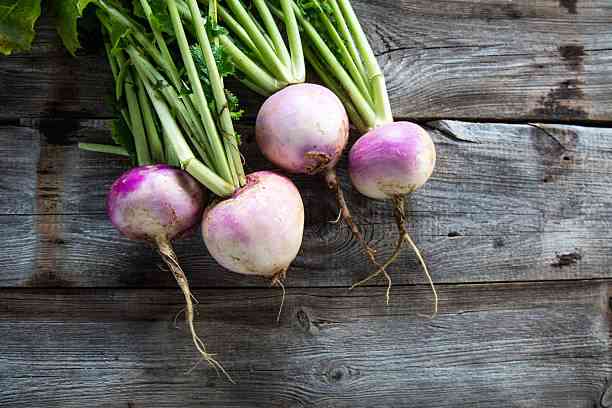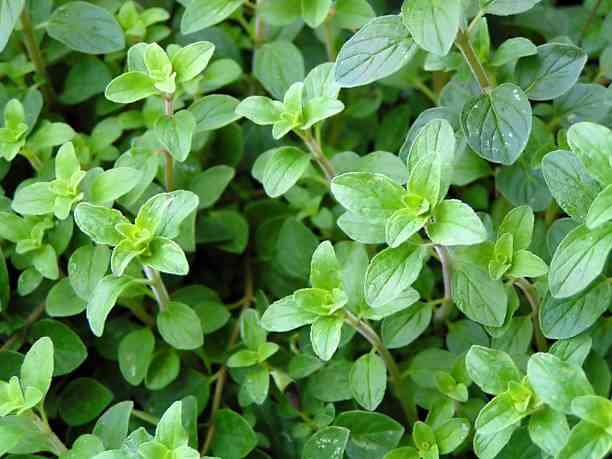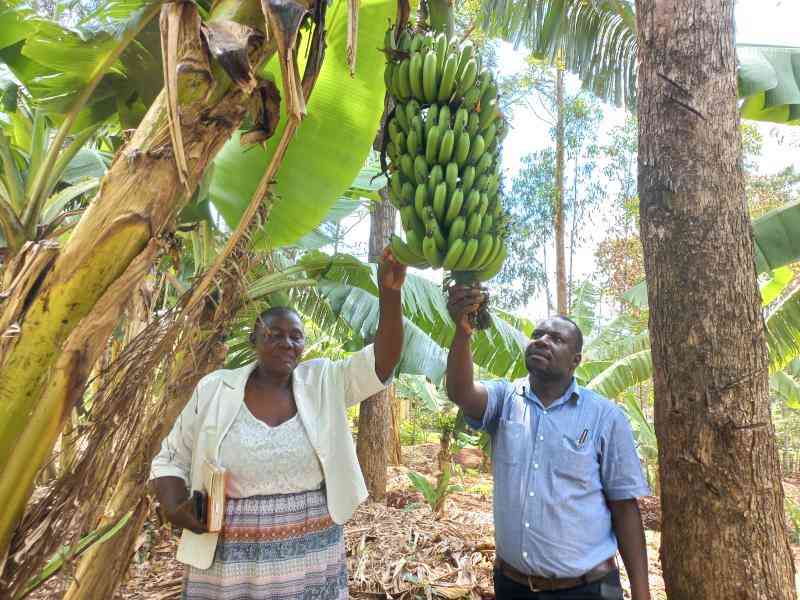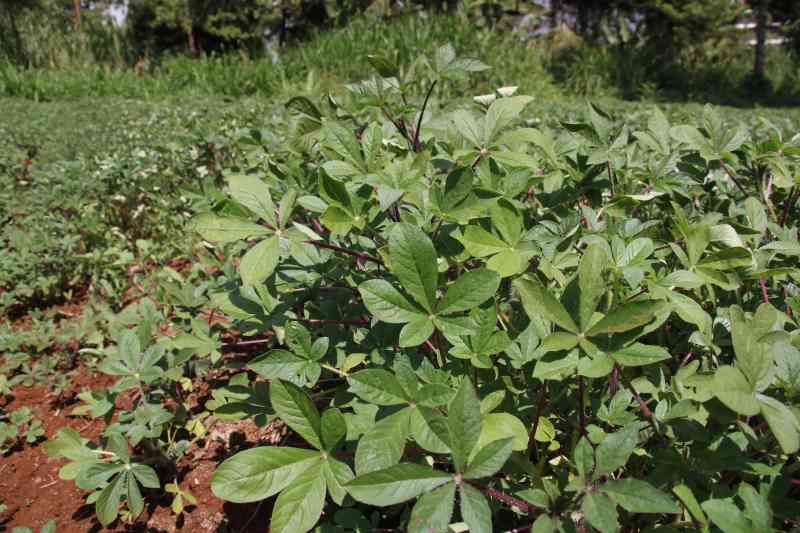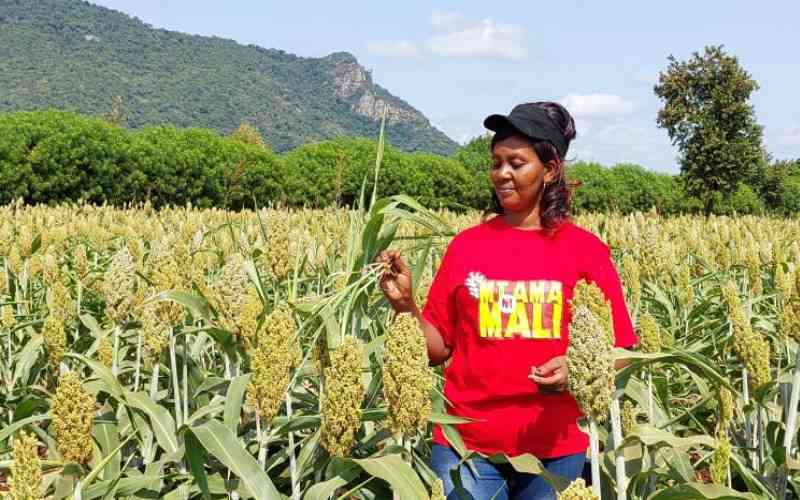
A calm warm morning greets us as the sun rises at the foot of Kiagu Hills in Imenti South constituency, Meru county where we meet Stella Muthee inspecting her sorghum crop – Gandam variety
Stella is contract farmer mobilised by the Kenya Breweries Limited to grow sorghum, a key raw material in the production of their keg Senator beer. Through the Sorghum out-growers programme, KBL has created employment for over 47,000 farmers drawn from Kisumu, Migori, Siaya, Homa Bay, Busia, Tharaka Nithi and Meru counties.
Stella is a trained agronomist. After finishing her studies she went back home to do farming where she grew maize, beans and other crops. The proceeds were not impressive, and she realised that most farmers in her area lacked the necessary skills for profitable farming. She took this opportunity to train them on the best farm management practices. and mobilised for the formation of table banking groups meant to improve their livelihoods.
“It is in 2015 that we were introduced to sorghum farming though many farmers did not embrace this crop”, adds Stella.
According to a recent research done by the Tegemeo Institute on behalf of KBL, the introduction of sorghum beer in the market has provided an opportunity to improve production and welfare for sorghum farmers countrywide.
Prior to this, sorghum production had been declining due to a shrinking production area which had a ripple effect on yields.
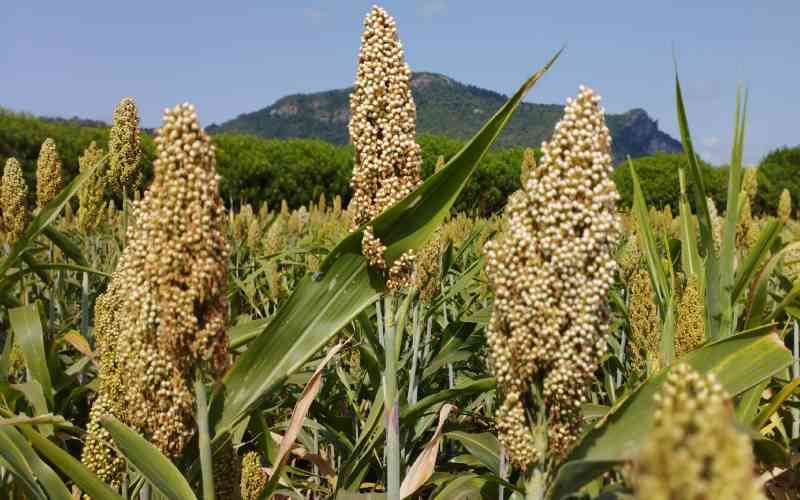
However, the crop’s production is now at an all-time high thanks to sorghum beer production which has led to increased utilisation of sorghum for industrial purposes. This shift provides a market opportunity to absorb large volumes of this produce at competitive prices.
During our interaction with Stella, she reveals to us that Sorghum farming requires less inputs than other crops and the outputs are appealing to farmers.
“Before the harsh economic crisis in our country a farmer would use minimal expenses in production of sorghum and this made many embrace this crop especially women who now have added dairy cattle farming in their value chain”, she says.
“It is like we are now employed by sorghum and dairy farming because we make a killing from the two activities.”
Speaking on employment, Stella tells us that sorghum farming has created employment. “We bring on board the youthto do much of the work. One requires a minimum of 10 people per acre for activities such as land preparation, weeding and harvesting.
Her words were cemented by Jeremy Muiti, a young farmer who in 2007 after his O level education he would be hired in Sorghum farms with his age mates before his parents gave him an acre piece of land where now he is engaged in Sorghum farming.
“We had organised ourselves into groups where we would work as casual workers from land preparation to harvesting of sorghum,” says Muiti.
“It is through this work where I saw how sorghum farmers would fetch huge profits which made me have a second thought and I entered into sorghum farming. My fellow youth too embraced Sorghum farming and now we are enjoying the fruits.”
Through the proceeds, he has furthered his education where he has pursued a Diploma in procurement and logistics management.
Muiti and Stella apart from being sorghum farmers they do aggregation, they buy sorghum from small scale farmers within there area and sell to KBL.
He calls upon KBL to allow them as youths to do value addition either through seed multiplication or milling the seed before transportation.
Capital being a thorny issue for the youth venturing into agribusiness, Muiti appeals for Sacco formation in the sorghum sector so that his fellow youths can access funds.
Being contractual farmers under KBL the duo can plan their farming activities unlike farmers who are exploited by brokers.
According to Peter Mala, the KBL Eastern region representative (Nakuru to Mombasa) they have three different contractual groups: an individual farmers, a group of farmers and an aggregator.
Stella has being under contractual farming for the last four years and notes that she is able to plan her business earl unlike farmers who aren’t under the programme. She enjoys being an aggregator in this lucrative business.
On upcoming Sorghum farmers, Stella has this message; first you should do soil testing, know the type of fertiliser you should apply to your crop, right inputs and at which stage to be applied, good agricultural practices, manage your crop keeping in this crop is labour intensive.
Doing Sorghum farming in Imenti South constituency what would one require for an acre of land?
• Lease fee annually – Ksh. 8,000
• Ploughing – Ksh. 2,000
• Seeds - 4Kgs (Ksh. 900)
• Herbicides – Ksh. 850
• Spraying Herbicides labour
– Ksh. 250
• Planting – Ksh. 1,200
• Fertilizer (Planting and top dressing) – Ksh. 10,000
• Fertilizer application labour - 600
• Harvesting – Ksh. 2,100
According to Stella a farmer will get 15 bags of Sorghum each weighing 100Kgs and sell a Kilo at Ksh. 33 at farm gate while Ksh. 42 at the company.
Stella and Muiti say though sorghum farming is a good venture though there are hiccups in the business such as climate change especially when the rains come during harvesting time, farmers loose a lot as we depend on the seed and once it meets with water it starts to germinate, cases of aflatoxin come in thus waste. Outbreak of pests, Fall Army Worm is a major threat to this crop, farmers are forced to dig deeper into their pockets to buy chemicals to control this pest. On Covid-19 pandemic she adds that they were not spared as beer demand went down thus KBL couldn’t buy all their produce. Birds are an issue to this crop and during certain seasons they can reduce your yields and a farmer is forced to incur the expense of employing someone to chase them away, this season we are glad because there isn’t plenty Birds.
Peter Mala adds that “with a satellite office at Mithokima, they have noted that 80 per cent of their raw material comes from Tharaka Nithi and Meru counties and it with these reason why they have set up the office there so as to reach farmers from the locality”.
“With the office here we can reach more farmers for broadcasting our intentions and gave affordable inputs to them,” he says.
Mala states that KBL isn’t allowed to import sorghum thus with the understanding between the company and the government they source the raw material locally hence offering a price to the farmer.
“The company moves with the farmer right from land preparation to harvesting thus the farmer is aware of the price moreover to the time money hits into their pockets,” Mala says.
With the high demand for the raw material, according to Mala they are required to make sure that 40,000 acres of land are under Sorghum which will yield to 20,000 – 25,000 metric kilogrammes annually, this is because sorghum beer demand had gone high. This is the reason why they have brought on board over 30,000 sorghum farmers together. Though land is an issue in the sorghum planting counties, most farmers are small scale, thus they are encouraged to do crop rotation.
“Mtama ni Mali! the next millionaire is a sorghum farmer, Mala had this in is parting sentiment adding that it is very possible through perfecting the art of growing Sorghum through talking to your soil and crop.”
 The Standard Group Plc is a multi-media organization with investments in media platforms spanning newspaper print
operations, television, radio broadcasting, digital and online services. The Standard Group is recognized as a
leading multi-media house in Kenya with a key influence in matters of national and international interest.
The Standard Group Plc is a multi-media organization with investments in media platforms spanning newspaper print
operations, television, radio broadcasting, digital and online services. The Standard Group is recognized as a
leading multi-media house in Kenya with a key influence in matters of national and international interest.


